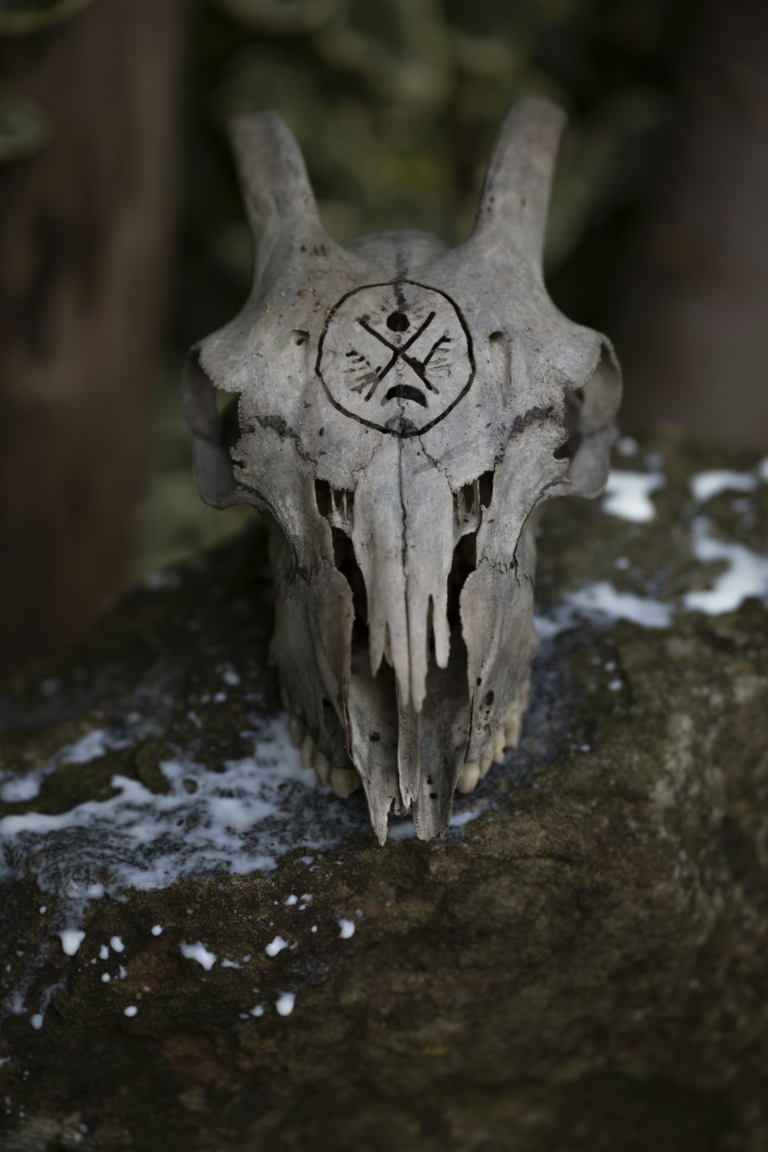
Newsletter Subscribe
Enter your email address below and subscribe to our newsletter

Enter your email address below and subscribe to our newsletter
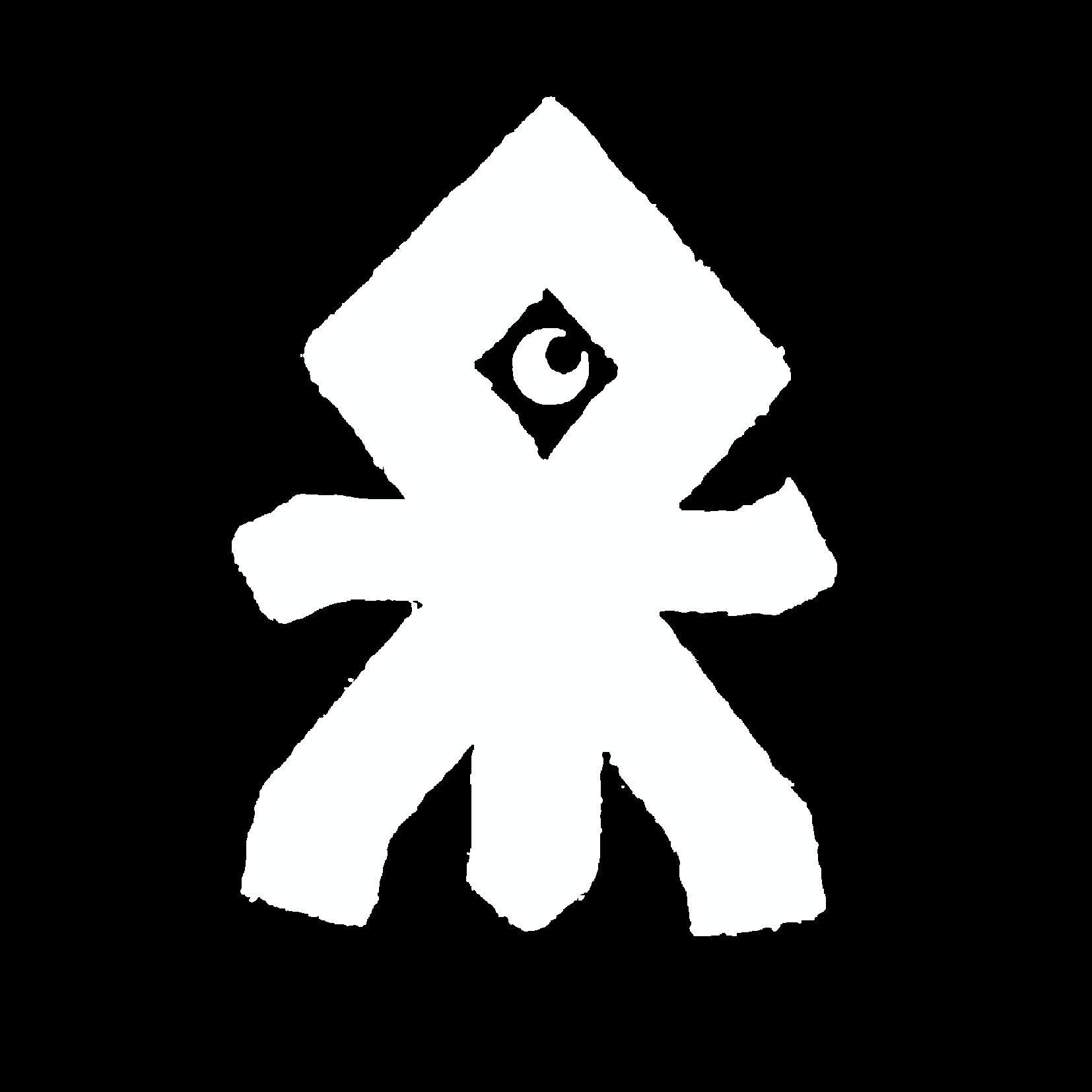

Exploring Scottish Folk Practices and Traditions
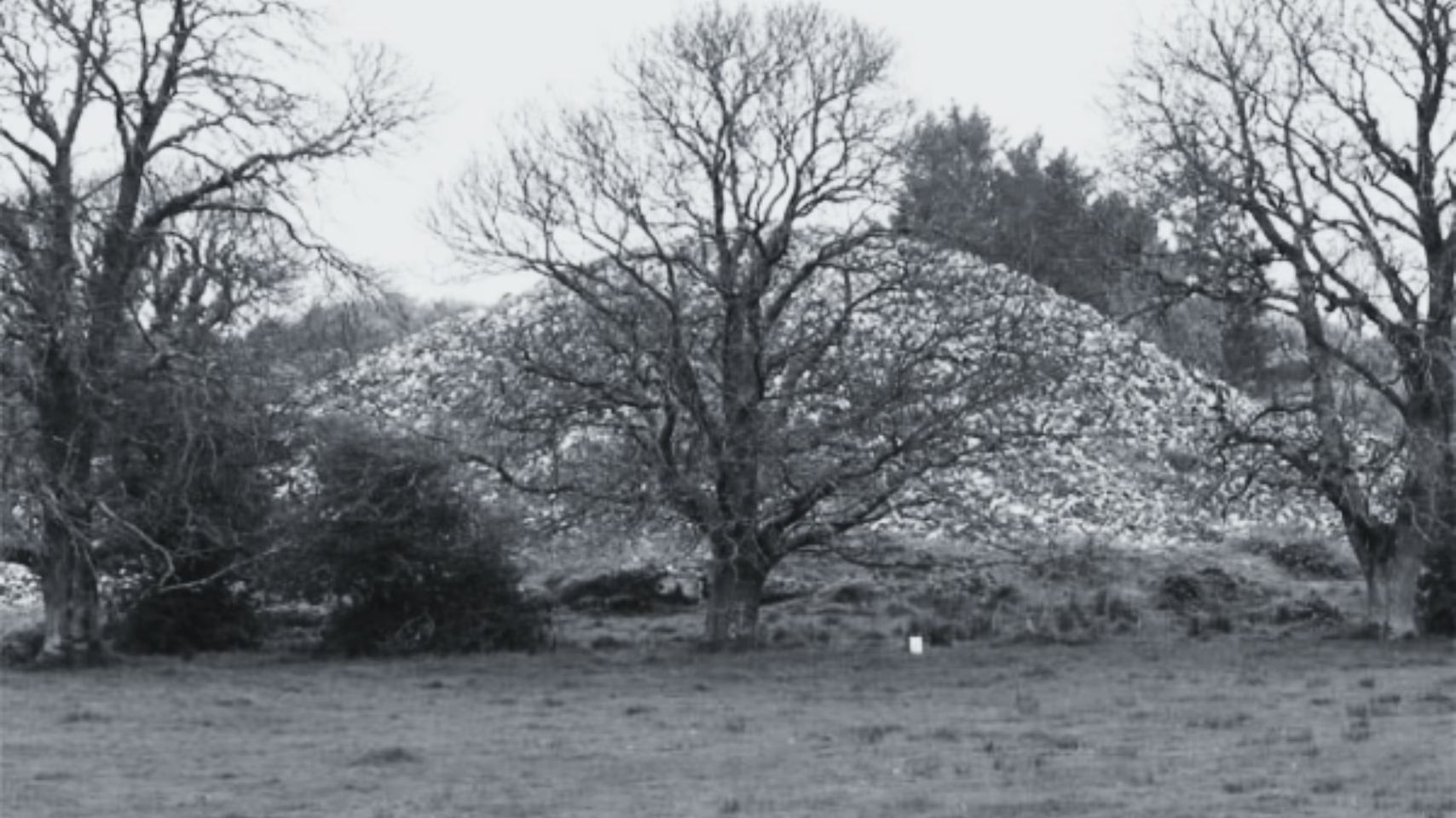
The inspiration for this site and what we are attempting to achieve came from a number of ideas that had been ruminating for a long time. One of these stories is about a Airmid from the Tuatha de dannann.
The inspiration for this site and something that influences our own folk practice came from a number of ideas that had been ruminating for a long time. One of these stories is about Airmed, from the Tuatha De Danann.
Her whole family was associated with healing and in a round about way she is also related to Ogma and Lugh. Airmed, amongst these others are the ancestors of the Scottish and Irish people. (I’m thinking surname MacDairmed here). There is very little mythology around Airmed but she does appear in a few stories. Airmed (or Airmid as its spelt in some cases) was the daughter of Dian Cecht and the sister to Miach both of whom have very prominent roles in the story.
The story is written in the tale of The Second Battle of Mag Turied[1], dealing with how the Tutha de Danann came to fight the Fir Bolg and win. The part that mentions Airmid begins after the fight with the Fir Bolg was over. Nuadu’s ,the chief of the Tutha de Danann, hand was cut off in the battle by Sreng mac Sengainn. Dian Cecht (the Tuatha de Danann’s physician) with the help of Credne, the brazier (blacksmith), fashioned him a silver hand that moved as well as any other. Nuadu was the king but because his hand had been removed and he was flawed, he wasn’t able to remain in power even though he had a silver hand.
However, Miach, the son of Dian Cecht didn’t think this was good enough. He went to the hand and said:
|
Bone to bone Sap to Sap Blood to blood Marrow to marrow Membrane to membrane |
The arm healed in nine days and nights. The first three days he carried it against his side, and it became covered with skin. The second three days he carried it against his chest. The third three days he would cast white wisps of black bulrushes about it after they had been blackened in a fire.
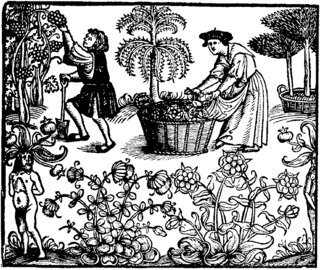
Dian Cecht became jealous and decided to take revenge on his son, perhaps for Miach having more skill than himself. Dian Cecht hurled a sword at the crown of his son’s head and cut his skin to the flesh. The young man healed it by means of his skill. He struck him again and cut his flesh until he reached the bone. The young man healed it by the same means. He struck the third blow and reached the membrane of his brain. The young man healed this too by the same means. Then he struck the fourth blow and cut out the brain, so that Miach died; and Dian Cecht said that no physician could heal him of that blow.
Miach, after being killed by his father, was buried by Dian Cecht, and three hundred and sixty-five herbs grew through the grave, corresponding to the number of his joints and sinews.
Then Airmed spread her cloak and uprooted those herbs according to their properties. Dian Cecht came to her and mixed the herbs, so that no one knows their proper healing qualities unless the Holy Spirit taught them afterwards. And Dian Cecht said, “Though Miach no longer lives, Airmed shall remain.”
This story has many different subtexts to it. A lot of Celtic myth has many different levels, on the surface it’s a story, underneath this is an allegory and underneath this it’s a coded message. One thing can mean many things in the Celtic mind-set.
Without exploring the whole story and going off topic from Airmid’s tale its clear that she is the only one to truly know the properties of all 365 herbs sprung from Miach’s body. To which area and system they corresponded and how to use them all effectively in herbalism. It is also interesting to note that Dian Cecht does not hold this information either. It is strictly for Airmid to know and the ‘holy spirit’. It’s very clear that the addition of the “holy spirit” is a later Christian interpretation of the tale. I would like to think it’s only by the grace and favour or Airmid that we are able to rediscover and work with the herbal system and herbalism of the Celts and our ancestors. By paying homage to the Deified Ancestor of herbalism who holds this knowledge and working with respect are we then able to truly know the “proper” healing qualities of the herbs Airmid gathered from the death/sacrifice/murder of her brother.
In some versions of the tale it is Airmid’s tears, at the loss of her brother, which help the seeds to germinate into the herbs.
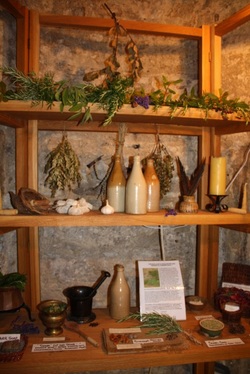
This is a tale about the death of the Miach, a male god “holds the seed”, that fertilises the ground and with the influence of Airmid the herbs grow. This illustrates the idea of the natural creation process coming together to provide a cure. A very typical myth but note how it’s a tripartite story and not one of duality. I believe this represents the idea of intuition, compassion, & care, the qualities of Airmid, mixed with the physical attributes of the herbs themselves, the attributes of Miach and Dian Cecht provides the powerful force moving them into this world through the murder of his son through jealousy. The poison in the tale if you will. These are the very attributes that are central to the healing arts of herbalism.
Secondly to this it introduces the spiritual nature of herbalism, by the grace of Airmid can we understand the true nature of what the herbs mean and how to effect a cure. To me this speaks to the spiritual nature of plant communication plus the nature of plant medicine.
Plants can heal us in so many ways that aren’t necessarily “physical” in action. The smell of flowers, the taste of honeyed tea, the movement of leaves in the wind, all of these things can make our spirits happy and relax us, helping spiritual and emotional concerns to lessen. Airmed is in all these things from the wild places and groves in the forest to the pushing up of weeds through cracks in the pavement in the city, Airmed is there. Plants nourish us but can also kill us. The poison is all in the dose they say.
The number 365 is quite an obvious number to unpick. There are 365 days in a year. It is also said that the 365 herbs were put in the Well of Slaine. Which could heal the mortally wounded, and was presided over by Dian Cecht and Airmed, who sung the incantations over it, but thats another story. The number 365 suggests the herbs Airmed knew about could heal us and were available throughout the solar year. The different forms the herbs were in would still work throughout the year, fresh in spring and summer and dried in autumn and winter. The healing actions of herbs would also include seeds, roots, fruits, flower, buds, bark, honey, treacles, vinegars, wine and beer and leaves. In fact anything that comes from the plant world
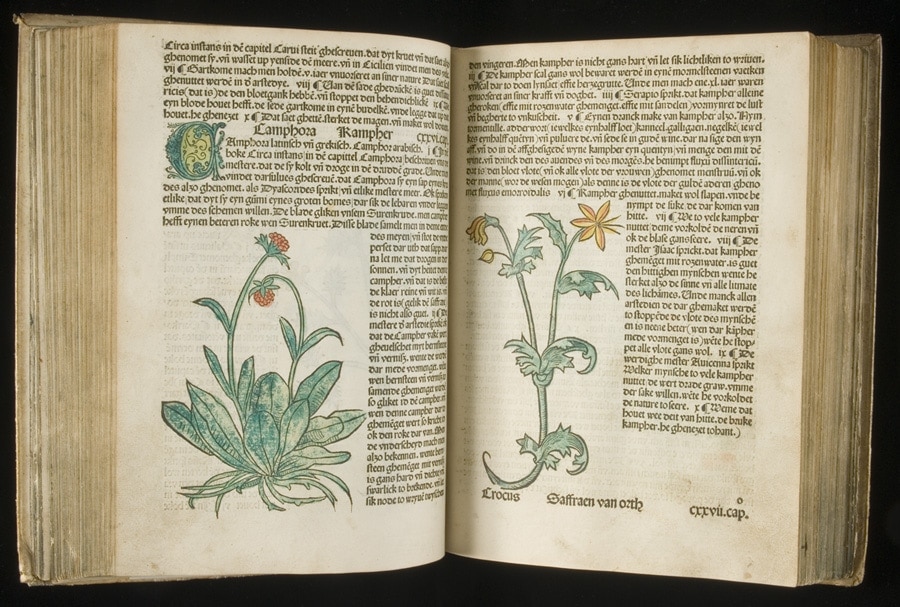
We should also be aware that Airmed, would have inhabited that liminality of two worlds – one healer and the other poisoner and be present in the liminal otherworld as a constant. With her knowledge of herbs she would have also had the knowledge to harm and cure. There is not anything at all written about Airmed in this capacity but it is worth noting. Airmed would have known the right formulations of plants that would have created an analgesic effect or a formulation that would have poisoned or killed someone. She would have known the formulations that would have eased childbirth or aborted the foetus. Plants that caused relaxation or caused anxiety and restlessness.
She can be viewed as a force that gives life but also has the capacity to take it away. This is a similar aspect held by all plants, some can kill as well as cure, some plants can be great allies to us spiritually and emotionally or drive us to delusion and addiction. For these reasons and others herbalists would have been held in high regard in Scotland and the Celtic countries.
This is a very short synopsis of Airmed and how she, amongst others, inspired the work of The Cailleach’s Herbarium. Airmed’s tale is inspiring and have a lot of insight to share. I have only scrapped the service of some of the more straight forward symbolism within it.
Of course this isn’t all there is to her story. A coded mystery sits within these words in old irish which i will explore at some point in the future. It gives us a deeper perhaps more meaningful approach to her tale part myth part story part tradition. But Im afraid you’ll have to wait for that …
[1]The Second Battle of Mag Tuired in Cath Maige Tuired: The Second Battle of Mag Tuired, p. 33, ed. Elizabeth A. Gray, Irish Texts Society, Naas 1982.
[2] Carmina Gadelica, volume IV, pp. 215-217, Alexander Carmichael, Scottish Academic Press, Edinburgh 1970.